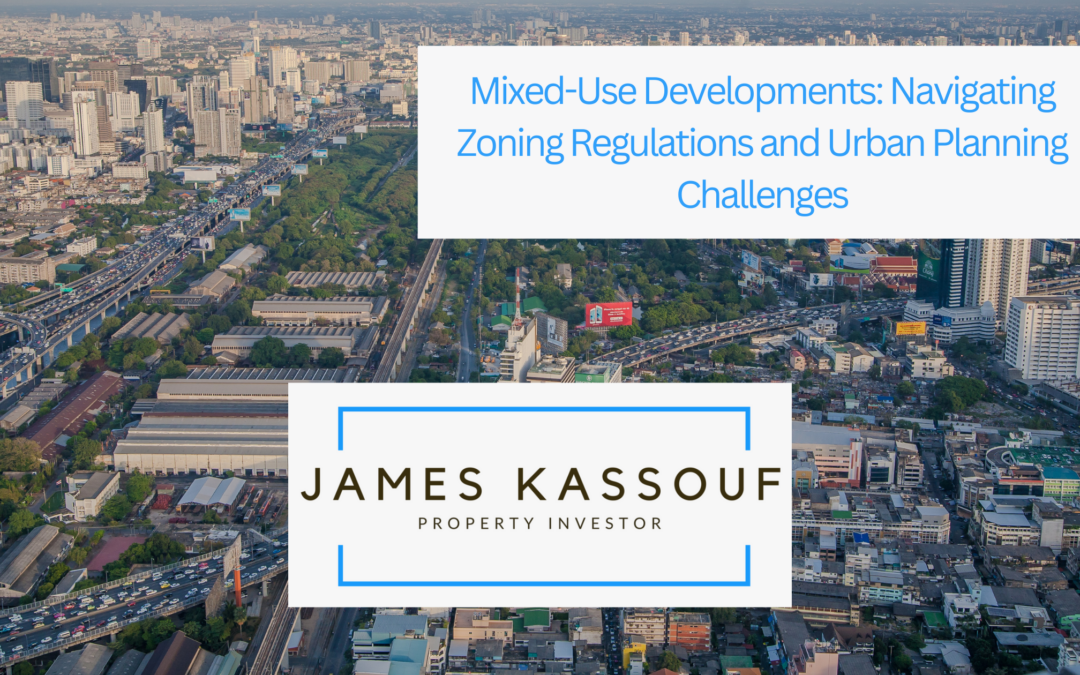Mixed-use developments offer a promising solution for creating vibrant, sustainable urban environments, but they also come with unique challenges related to zoning regulations and urban planning. Navigating these challenges requires careful consideration of zoning policies, community engagement, infrastructure needs, and design principles. Here’s an exploration of the zoning and planning hurdles often encountered in mixed-use development projects:
Zoning Regulations and Land Use Compatibility:
One of the primary challenges faced by developers of mixed-use projects is aligning with existing zoning regulations and land use policies. Traditional zoning codes often segregate residential, commercial, and industrial activities, making integrating diverse uses within a single development difficult. Achieving zoning approvals for mixed-use projects may require rezoning efforts, variances, or special permits, which can be time-consuming and complex.
Community Engagement and Stakeholder Input:
Successful mixed-use developments require meaningful community engagement to address concerns and gain local support. Residents and stakeholders often have differing opinions about new neighborhood developments’ scale, density, and character. Developers must engage in transparent and inclusive planning processes that involve residents, businesses, and local officials to build consensus and address community priorities.
Infrastructure and Transportation Planning:
Integrating multiple land uses within a mixed-use development necessitates robust infrastructure and transportation planning. Developers must consider access to public transit, traffic management, parking provisions, pedestrian amenities, and utilities to support the needs of residents, workers, and visitors. Balancing transportation demands while minimizing environmental impacts and enhancing connectivity is crucial for the success of mixed-use projects.
Design Guidelines and Architectural Compatibility:
Mixed-use developments require thoughtful design guidelines to ensure architectural compatibility and cohesive urban form. Harmonizing different building types, heights, and styles while preserving neighborhood character is essential for creating visually appealing and functional environments. Developers must work closely with architects, urban designers, and planning officials to develop design standards that promote aesthetic quality and enhance the overall urban experience.
Economic Viability and Market Demand:
Another critical challenge is to assess the economic viability and market demand for mixed-use developments. Balancing the costs associated with construction, maintenance, and management against potential revenues from residential, commercial, and retail tenants requires careful financial analysis. Developers must conduct market studies and feasibility assessments to determine the optimal mix of uses and investment strategies that align with market trends and economic conditions.
Regulatory Compliance and Permitting:
Meeting regulatory compliance and obtaining necessary permits for mixed-use developments can be a bureaucratic hurdle. Developers must navigate various regulatory agencies, environmental regulations, building codes, and permit processes to ensure legal compliance and project approval. Delays in obtaining permits or resolving regulatory issues can impact project timelines and overall feasibility.

